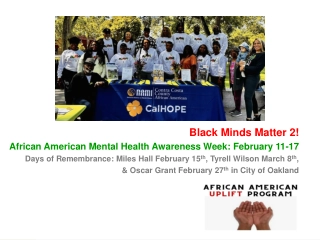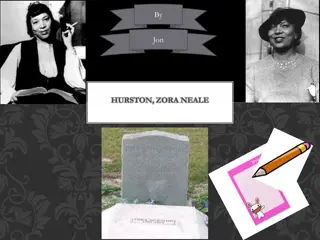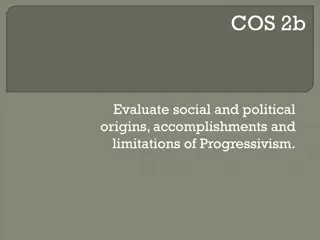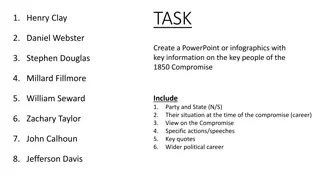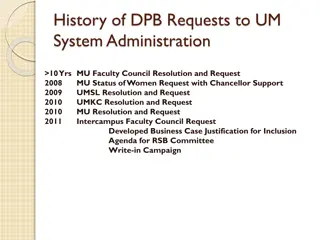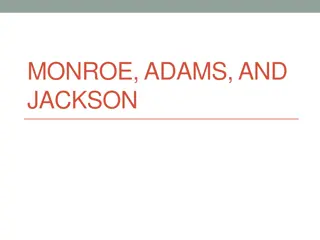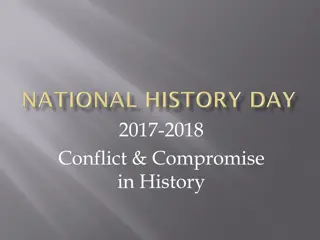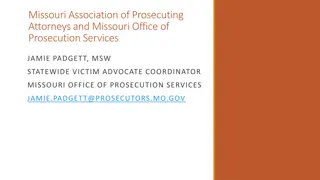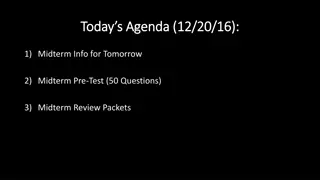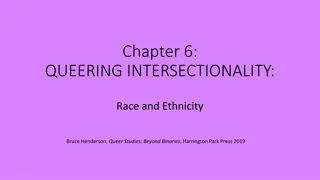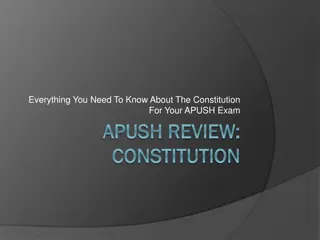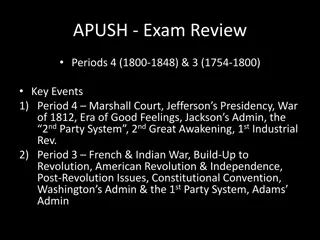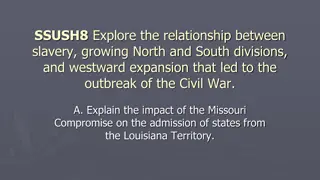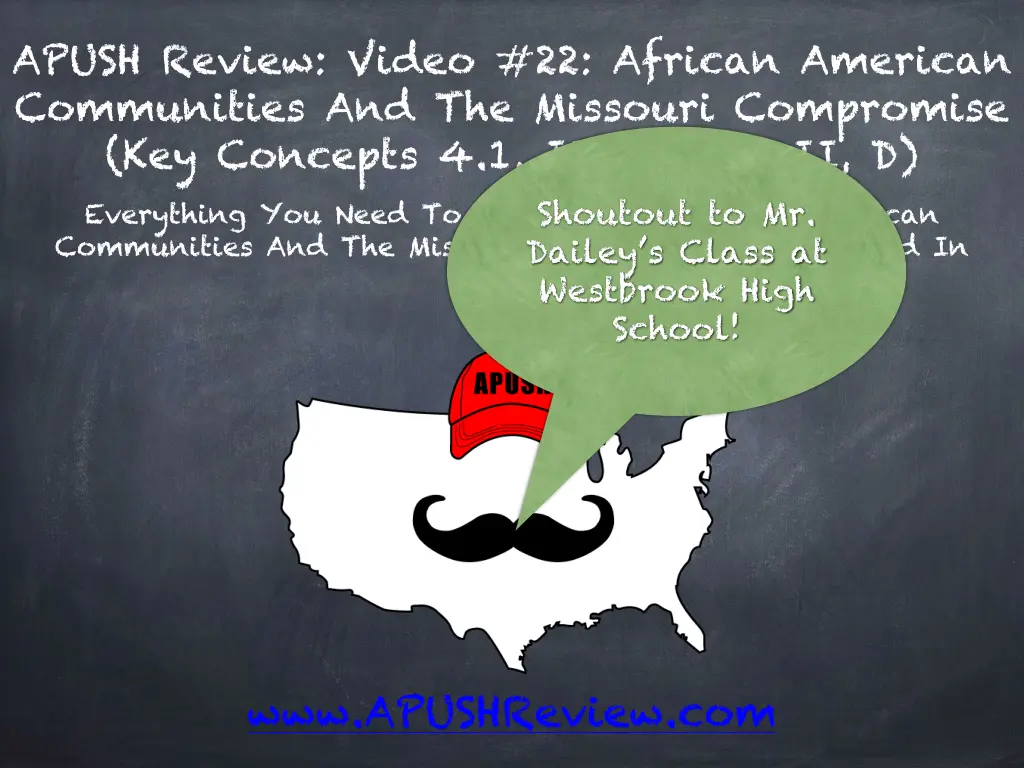
African American Communities and the Missouri Compromise in APUSH Review
Explore how enslaved African Americans formed communities and the impact of the Missouri Compromise with a focus on protecting dignity, family structures, and political efforts. Learn about the historical background, key components, and lasting effects of the Compromise of 1820 in shaping the balance of free and slave states in the U.S.
Download Presentation

Please find below an Image/Link to download the presentation.
The content on the website is provided AS IS for your information and personal use only. It may not be sold, licensed, or shared on other websites without obtaining consent from the author. If you encounter any issues during the download, it is possible that the publisher has removed the file from their server.
You are allowed to download the files provided on this website for personal or commercial use, subject to the condition that they are used lawfully. All files are the property of their respective owners.
The content on the website is provided AS IS for your information and personal use only. It may not be sold, licensed, or shared on other websites without obtaining consent from the author.
E N D
Presentation Transcript
APUSH Review: Video #22: African American Communities And The Missouri Compromise (Key Concepts 4.1, II, D, 4.3, II, D) Shoutout to Mr. Dailey s Class at Westbrook High School! Everything You Need To Know About African American Communities And The Missouri Compromise To Succeed In APUSH www.APUSHReview.com
African American Communities Enslaved African Americans created communities and strategies to: Protect their dignity and family structures Surrogate families when a slave was sold Music - used to help pass time while working Instrumental in religious services Joined political efforts to change their status American Anti-Slavery Society (more in video #26
Missouri Compromise (Compromise of 1820) Background (Historical Context) 22 states in the country - 11 free and 11 slave Missouri applied for statehood in 1819 from LA Territory Would upset balance of free and slave states Tallmadge Amendment Would allow for emancipation of children of slaves House favored it, Senate rejected it
Missouri Compromise (Compromise of 1820) Henry Clay helped mollify the dispute 3 Parts of the Compromise Missouri was added as a slave state Maine was added as a free state All future states in LA Territory above 36 30 would be free, below would be slave
Impact Of Missouri Compromise (Compromise of 1820) Balance remained at 12 free, 12 slave states States were admitted in alternating free and slave in short-term Lasted 34 years As the US expanded beyond the LA Territory, slavery became the #1 issue New compromises/court cases would attempt to address issue
Quick Recap African American Communities 3 parts of the MO Compromise (1820)
See You Back Here For Video #23: Sectionalism, Cotton, & The American System Thanks for watching Best of luck!

